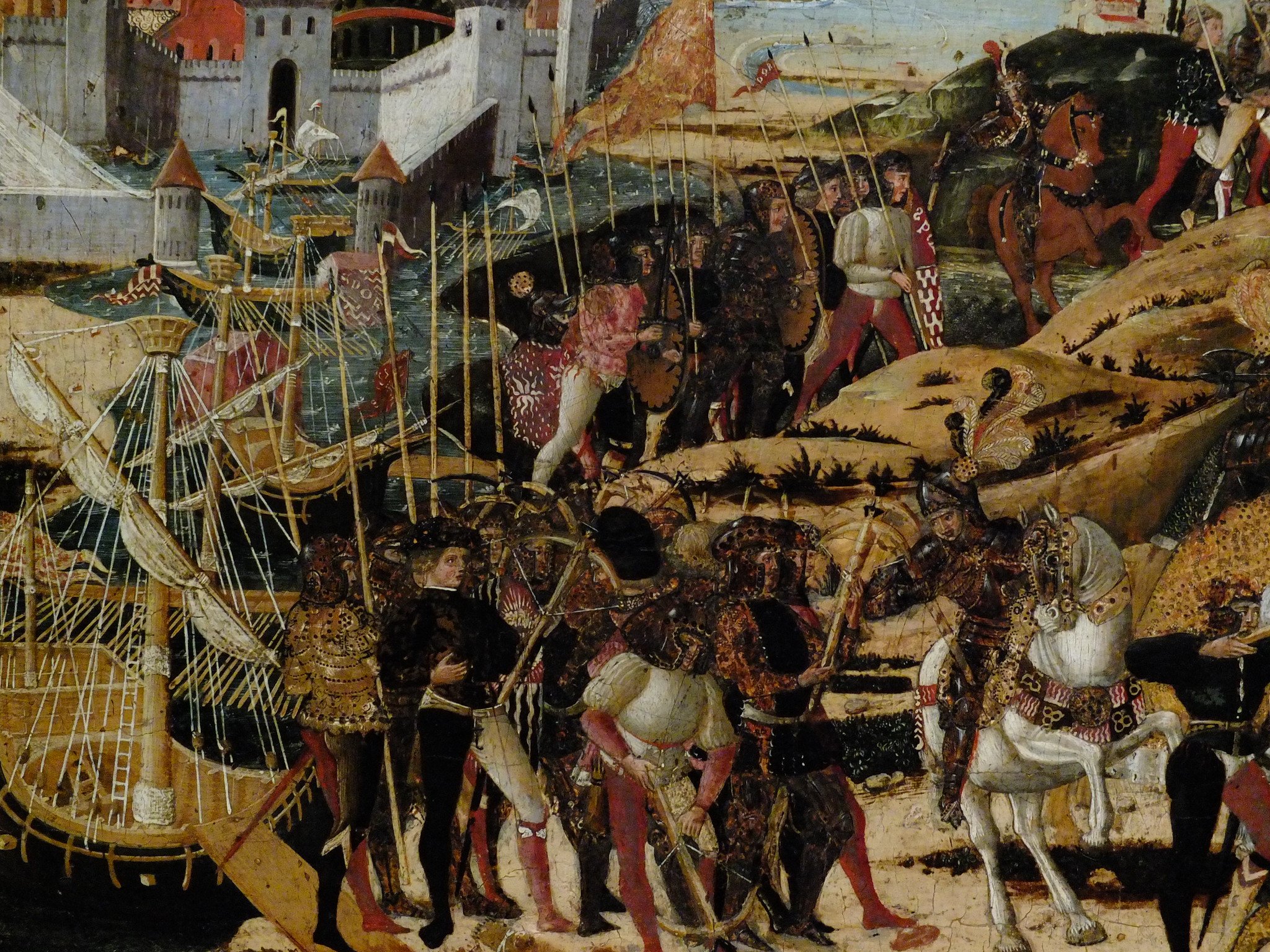
Togas and tunics were the fashion in ancient Rome for both men and women, but the Roman Empire covered a large area of the map. Thus, conquered cultures had their own dress with many wearing pants. Romans hence began associating pants with non-Romans and eventually banned them before the legwear became commonplace.
The Roman Empire encompassed vast swathes of land and many different cultures, spanning around two million square miles at its peak. When Julius Caesar reigned over the extensive Roman Empire, he invaded Gaul and waged war on a number of tribes, including the Aedui, Atrebates, and Viromandui.
When Roman soldiers and administrators encountered tribal peoples, they generally considered them to be uncivilized and referred to them as barbarians. The attire of several of the tribes in Gaul included pants, which were usually made from animal skins. Other Germanic tribes also wore pants, marking a significant difference in dress to the Roman people.
Because the Romans conquered so many tribes who wore the leg-warming garments, pants gradually became associated with the conquered, and Romans came to view anyone who wore them as barbaric, including other Romans.
By 100 AD, the wearing of pants was still considered odd in the Roman world, but Romans did introduce the wearing of a particular type of pants called braccae. This style of legwear had a drawstring. It was made of wool, making the particular type of pants a warm garment. The legwear was useful for the Romans when fighting enemies in colder climates, such as Northern Europe.
Why were pants banned in the Roman Empire?
As it became more common for Roman soldiers to wear pants, it also became more commonplace for the general public to don them. Roman emperors were not in favor of this trend, and, at that time, Rome had two emperors, Honorius and Arcadius. They issued a decree stating that people were not permitted to wear boots or pants. The wearing of pants would result in punishment, including exile.
Enforcing the ban was another challenge altogether. While in Rome and major cities, officials could monitor and penalize those wearing trousers. In the vast stretches of the empire, consistent enforcement was nearly impossible.
The reason for the decree is still debated by historians, with some claiming it was an attempt to keep pants in the sole domain of the military. Others argue the ban aligned with efforts to maintain Roman culture and tradition at a time when Rome was becoming more multicultural. Long hair and luxurious jewelry were also banned around this time.
Despite the efforts of the emperors, attire worn by the Roman people was changing. When Rome fell to Germanic tribes, wearing pants was no longer controversial. The remaining Roman court in Constantinople even began to wear pants, and the legwear generally became commonplace along with long sleeves and fitted tunics.
See all the latest news from Greece and the world at Greekreporter.com. Contact our newsroom to report an update or send your story, photos and videos. Follow GR on Google News and subscribe here to our daily email!



